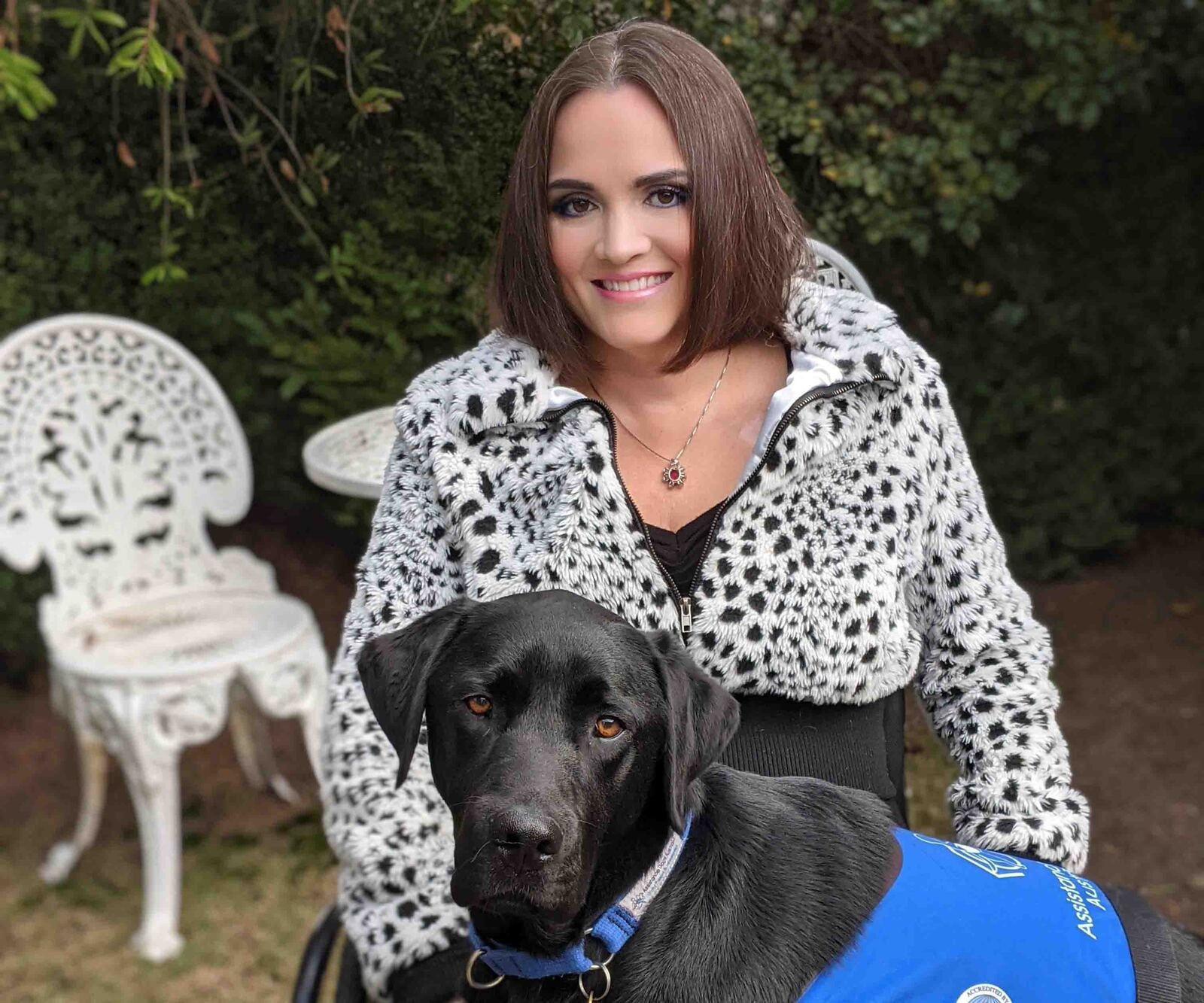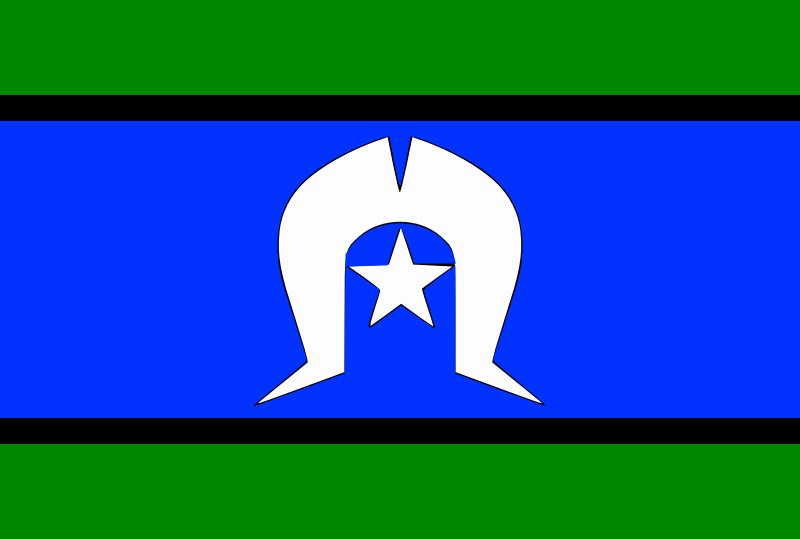Story by Tanya Clarke
In October 1993 I was involved in a serious car accident which left me with C5 complete quadriplegia. I was 19 years old, and had been studying to become a primary school teacher.
I have had many people over the years ask me: “How did you cope with what happened to you?” I’m not sure I have a simple explanation.
Who at 19 doesn’t think things will just work out? I would become a teacher, get married, and have kids. But I didn’t have a plan – this was just what I was doing.
After my accident, I just wanted to get back on track. I’m not saying it was easy – when you get a spinal cord injury it’s like you’ve been reborn, and you have to learn to use your body all over again. But I just got on with it.
In rehab you were invited to see a psychiatrist. I wasn’t interested. Eventually when I did see him, I went with my mother. I know the psychiatrist said later that my mother had been grieving more than I had.
Still me
One reason I wasn’t grieving for my old self might have been that I really didn’t see myself any differently. There wasn’t an old Tanya to grieve for: there was just the same Tanya.
I couldn’t use my hands and I had limited arm movement, but I still had the same likes and dislikes. My taste in music never changed. I enjoyed social events, dining, movies, concerts, shopping – none of that changed. I was still the same person.
My family didn’t treat me any differently after my accident. From their perspective, the Tanya they had supported pre-accident was exactly the same Tanya post-accident. Their support made it easier for me to sustain that sense of myself.
I had my first day-leave in the second month after my accident. My mum and dad took me to dinner at a pub nearby. There I was in a huge manual wheelchair, with the backrest above my head and a pillow behind it, a big wooden tray in front and fluffy dolphin slippers on my feet. Mum and Dad pushed me down the steep Burgundy Street hill in Heidelberg, from the Austin Hospital to the Old England Hotel.
Out and about
Fast forward nearly 28 years and I would not pass my front door in that sort of outfit, and there is no way I would let anyone push me down that hill – let alone someone wearing stilettos. However, getting out and about so soon made me feel better, and this became a regular outing. Upon arrival at the hotel, staff would prop a table up on ashtrays so I could get underneath, and we would enjoy a meal together and a glass of wine.
My inmates were a great bunch, and some had wicked senses of humour. We would laugh at ourselves and all endeavoured to help each other. Still, I just wanted to go home, assess what I could do for myself, be part of my family, and make my own decisions.
Most of my friends were not comfortable with me after I was injured, but I didn’t experience their drifting away as a loss. I understood that they had not been true friends. In contrast, two dear male friends from high school are still my friends today. I also have a good circle of friends whom I met post-accident.
Always there
Other factors that helped on my journey included past patients who took the time to visit me, told me about their experiences, and encouraged me to test myself. AQA peer support mentors were always there for me and my family during rehab and long after discharge. This support is invaluable.
I went back to education, attending Swinburne University and studying computer software, programming and multimedia. Receiving a service dog from Assistance Dogs Australia changed my life immensely. I served on the Board of AQA, and became an AQA peer mentor myself. These are just a few things I have done to keep myself involved in life and contribute.
Everyone is different and everyone’s story is different. It may be that I am just pushing down my grief and one day it will all come flooding out, but I don’t feel like that. Of course I have crappy days. But you don’t need to have a spinal cord injury to have a crappy day, do you.
Author note: Tanya Clarke is a peer mentor with AQA and a former member of the AQA Board. She has been living with a complete C5 spinal cord injury since 1993.
- August 30, 2020




